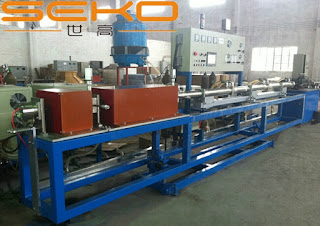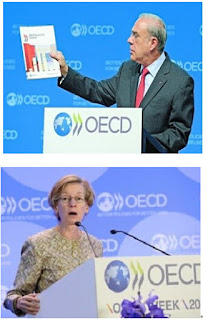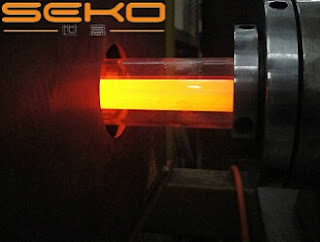Seko Machinery Company manager Mr Xiao Yuanping said, ”We should strengthen our understanding of international market conditions in order to make correct judgments regarding the steel market trend and then to get more sales of ourwelded pipe making machine.”
Total steel exports from the EU to third countries fell 13 percent year on year in the third quarter of 2015, having seen a much more moderate three percent decline in the second quarter, according to the Economic and Steel Market Outlook 2016-2017/Q1 2016 Report from the Economic Committee of the European Steel Association (EUROFER). EUROFER said that over the first 11 months of 2015 total exports slipped by nine percent year on year, due to a 28 percent drop in exports of semi-finished products, a seven percent reduction in exports of flat products and a three percent fall in exports of long products. With regard to the key destinations for EU exports, Turkey and the US accounted for almost 50 percent of flat product exports. The most important destination for long products remained the Algerian market, which absorbed 40 percent of total EU long product exports. Switzerland, the US and Turkey are among the other major markets for long products. According to EUROFER, the outlook for EU steel exports in 2016 and 2017 remains rather uncertain. International competition looks set to remain fierce as long as several major emerging markets face economic headwinds and as a consequence will see pressure on steel demand.

Suggested Reading:What is the effect of rust on the economy?















